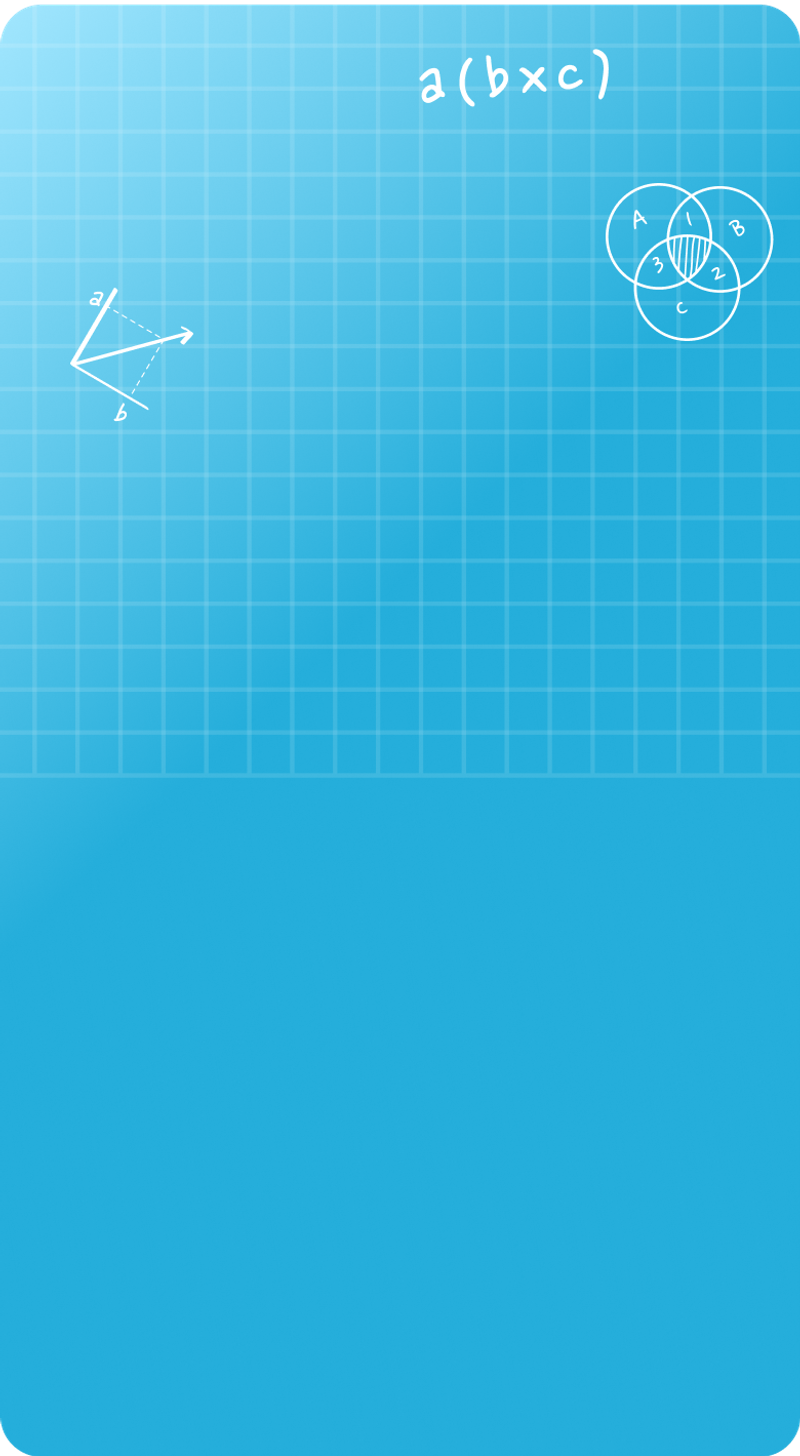Summarize this article:
 488 Learners
488 LearnersLast updated on August 5, 2025
Square Root of 128

Square root is the number obtained when a number is multiplied with itself. We apply the concept of square root in architecture, to measure volume and surface area. In this article, we’ll learn how to find the square root of 128.

What is the Square Root of 128
The square root of 128 is ±11.3137. Finding the square root of a number is the inverse process of finding the perfect square. The square root of 128 is written as √128.

Finding the square root of 128
The different ways to find the square root of a number are prime factorization, long division and approximation/estimation method.

Square root of 128 using prime Factorization Method
The prime factorization of 128 breaks 128 into its prime numbers.
The number 2 is the only prime number
Prime factorization of 128 is 27
Since 2 is repeating, we can pair them
Therefore, √128 is expressed as 23 x √2 →8√2, the simplest radical form.

Square root of 128 using long division method
The long division method finds the square root of non-perfect squares.
Step 1: Write down the number 128
Step 2: Number 128 is a three-digit number, so pair them as (1), (28)
Step 3: Find the largest that is closest to the first pair (1), which is 12
Step 4: Write down 1 as the quotient, which will be the first digit of the square root.
Step 5: Subtracting 12 from 1 will leave zero as the remainder. Now bring down the second pair (28) and place it beside 0.
Step 6: Now double the quotient you have, that is add the quotient 1 with 1 and the result will be 2
Step 7: Choose a number such that it can be placed after 2 in the divisor. The two-digit number created should be less than the second pair (28). Here, we add 1 after 2, because the number formed will be less than 28.
Step 8: Subtract 21 from 28 → 28-21 =7. Now add a decimal point after the new quotient and adding two zeros will make it 700
Step 9: Apply step 7 over here and continue the process until you reach 0.
Step 10: We can write √128 as 11.313.

Square root of 128 by Approximation method
The approximation method finds the estimated square root of non-perfect squares.
Step 1: Identify the closest perfect square to 128. Numbers 121 and 144 are the closest perfect square to 128.
Step 2: We know that √121 = 11 and √144 = 12. Thus, we can say that √128 lies between 11 and 12.
Step 3: Check if √128 is closer to 11 or 12. Let us take 11.5 and 12. Since (11.5)2 is 132.25 and (12)2 is 144, √119 lies between them.
Step 4: We can keep changing the values of 11.5 to 11. 6 and iterate the same process without changing 12 as the closest perfect square root.
The result of √128 will be 11.313

Common Mistakes and How to Avoid Them in Square Root of 128
Take a look at mistakes a child can make while finding the square root of 128:

Square Root of 128 , Examples

Problem 1
What is the value of “√128 × 2”?

The value of √128 × 2 is 22.626
Explanation
To get 22.626 as the product, find the approximate value of √128, which is 11.313 and multiply it with 2 (11.313 × 2 = 22.626)

Problem 2
Which is larger, √128 or √144?

The largest root √144
Explanation
To identify the largest square root, simplify √128 and √144. Compare the values you get and choose the highest. Here, √128 is 11.313 and √144 is 12. Hence, we can say that √144 is larger.

Problem 3
The area of a square garden is 128 square feet. Calculate the length of one side.

The length of one side is 11.313 feet.
Explanation
The area of the square is a2. To find the length of one side, we need to take the square root of a2. Here, a2 = 128. Therefore, a = √128 = 11.313.

Problem 4
If a = √128, what is the value of a² + 8

The value is 19.313
Explanation
When a = √128, a2 will be 128. Now, add 128 and 8 together to get the value 19.313


FAQs on 128 Square Root
1.Is 128 a cube root?
2.What square numbers go into 128?
3.What is 128 divisible by?
4.What is the 4th root of 128?
5.Is 128 divisible by 3?

Important Glossaries for Square Root of 128
- Perfect Square: Product obtained when the same number gets multiplied twice
- Approximate Value: Value closer to the exact number
- Prime Factorization: Breaking down the number into its prime factors.

Explore More algebra
![Important Math Links Icon]() Previous to Square Root of 128
Previous to Square Root of 128
![Important Math Links Icon]() Next to Square Root of 128
Next to Square Root of 128


Jaskaran Singh Saluja
About the Author
Jaskaran Singh Saluja is a math wizard with nearly three years of experience as a math teacher. His expertise is in algebra, so he can make algebra classes interesting by turning tricky equations into simple puzzles.
Fun Fact
: He loves to play the quiz with kids through algebra to make kids love it.




